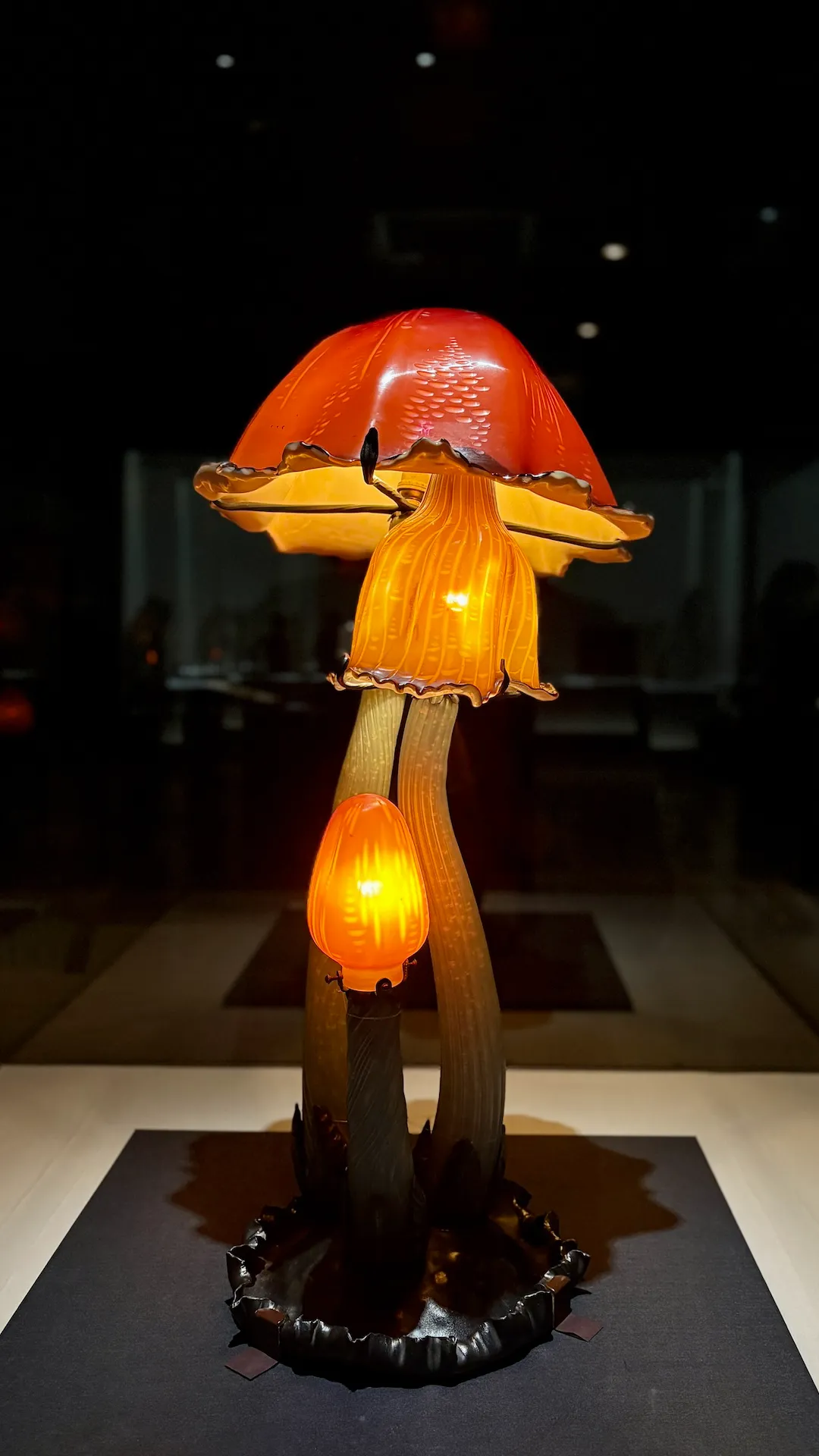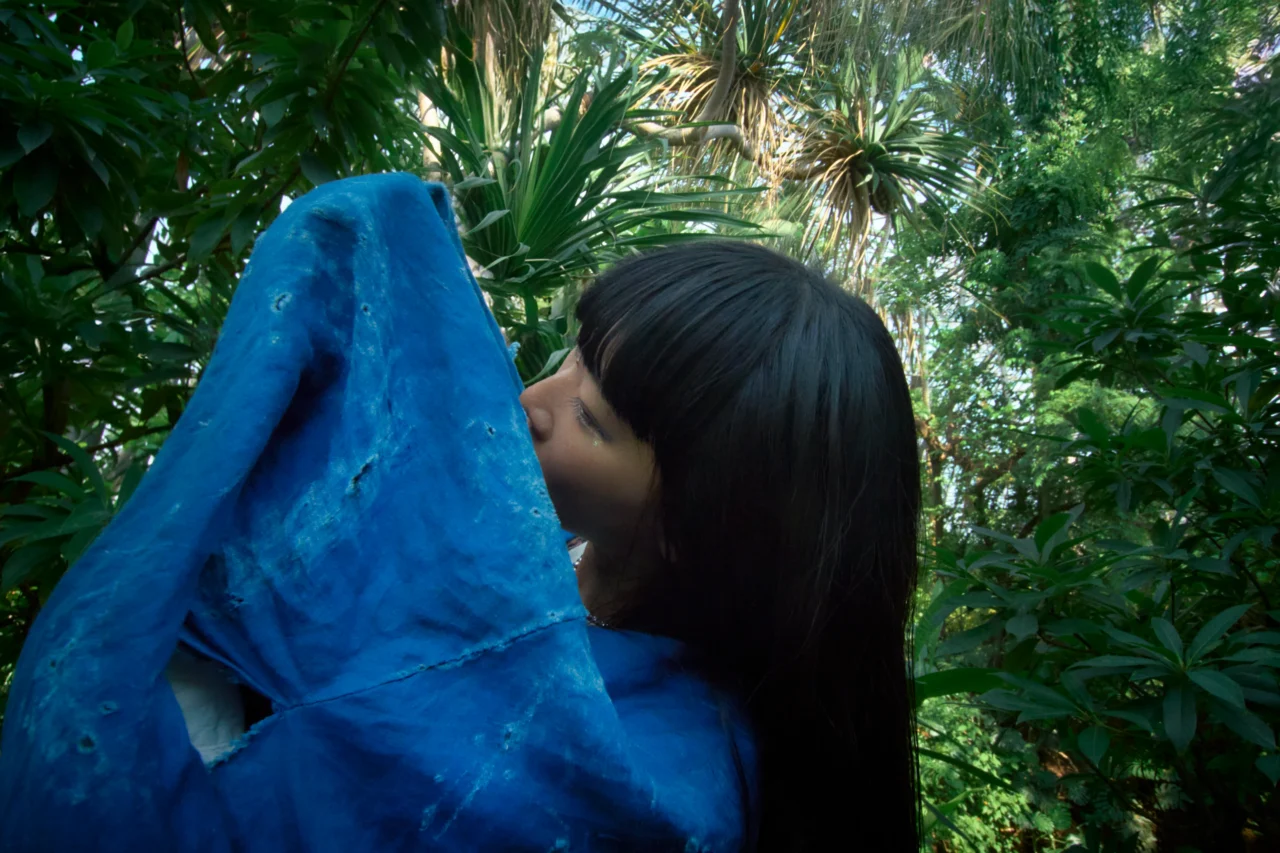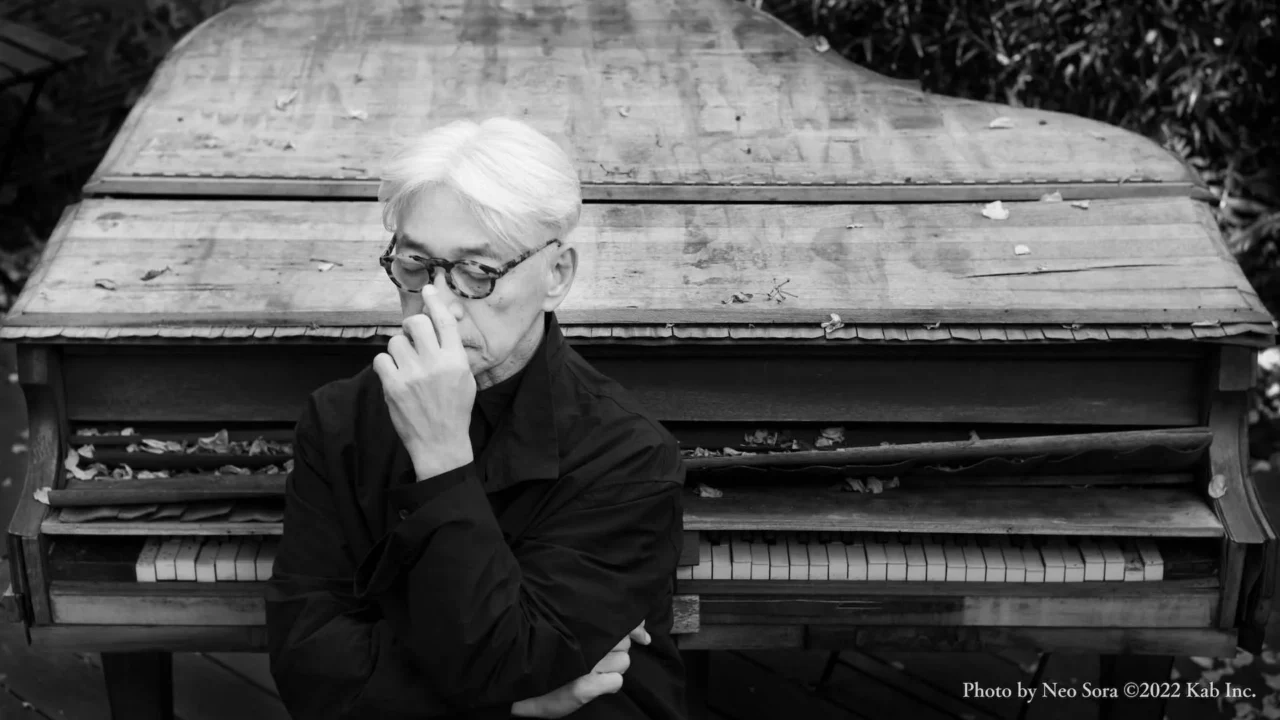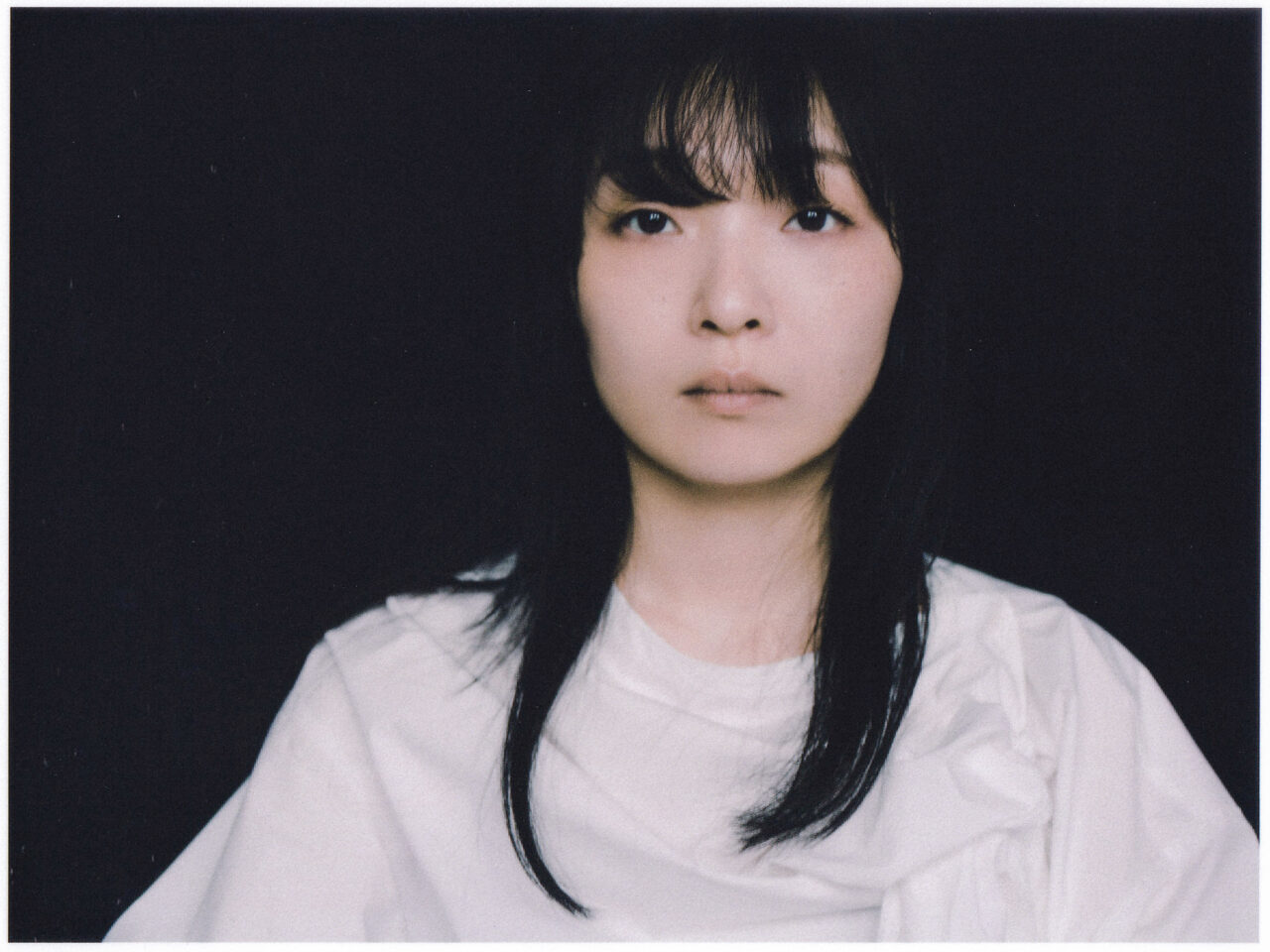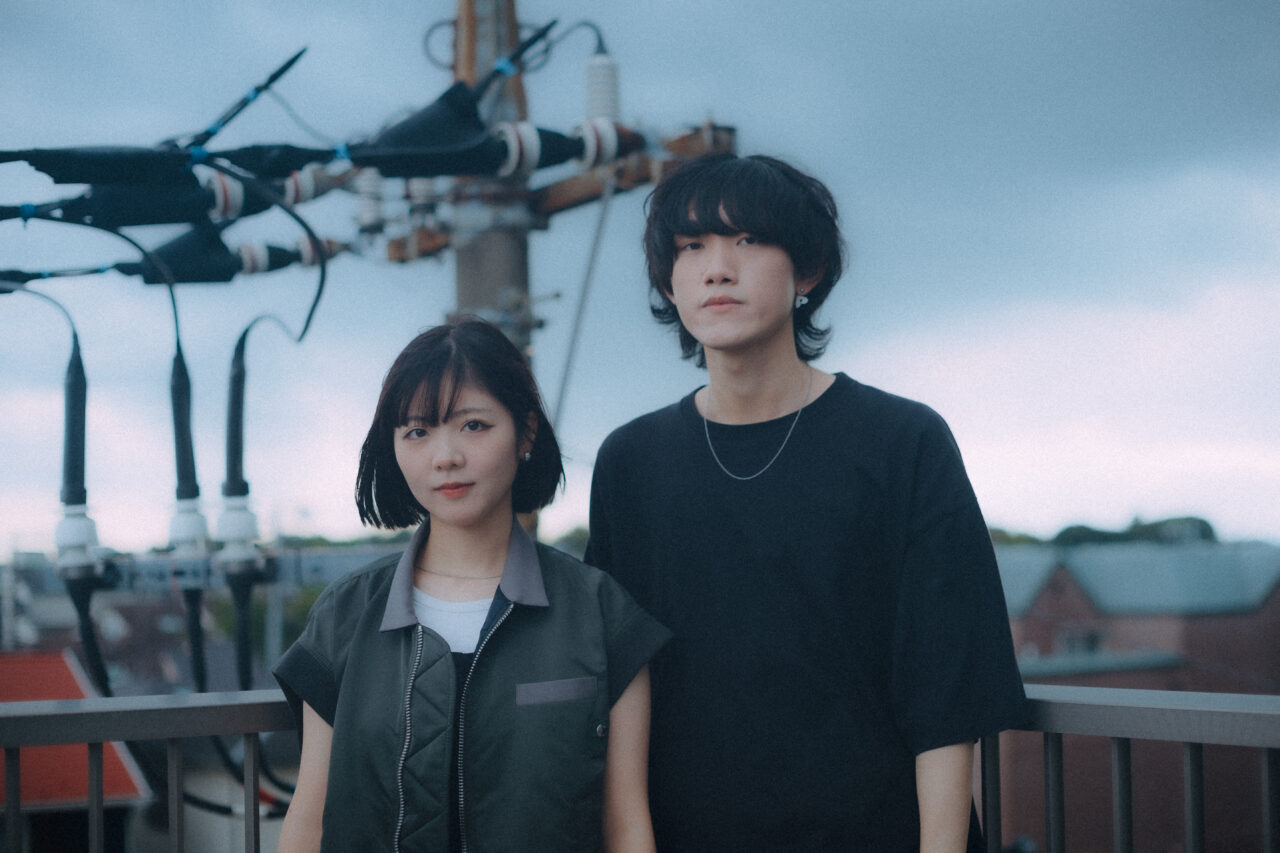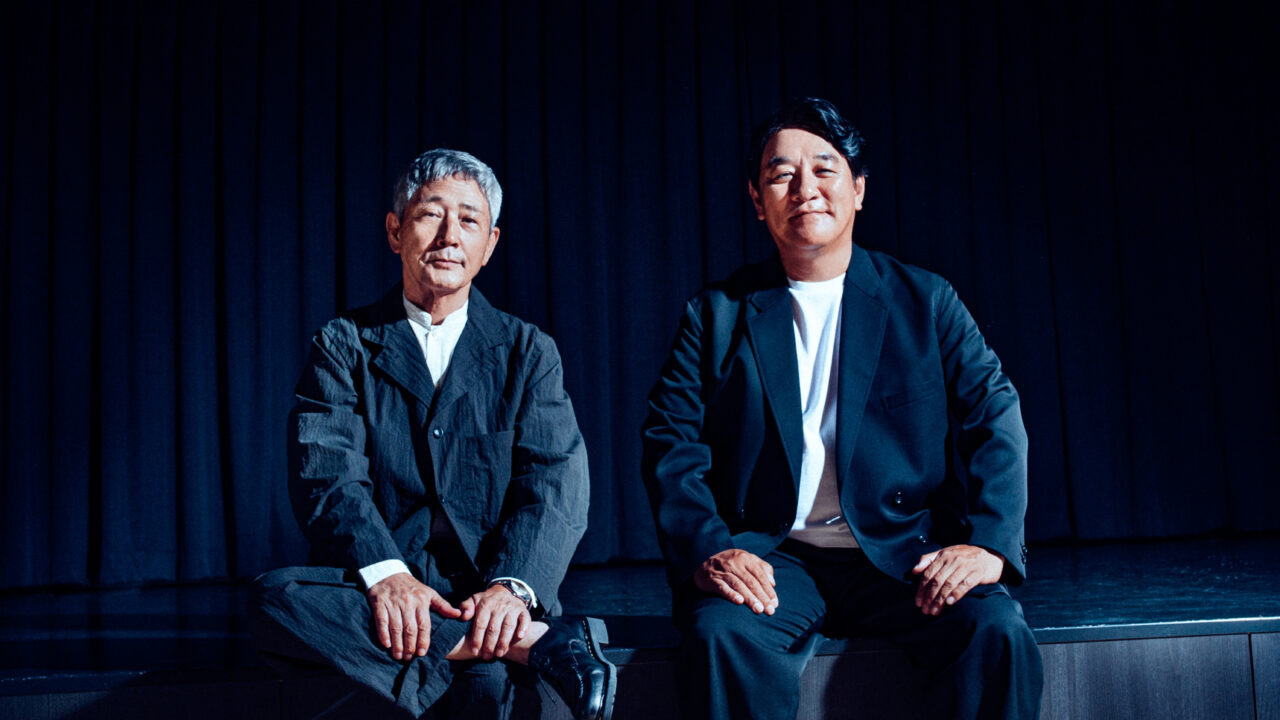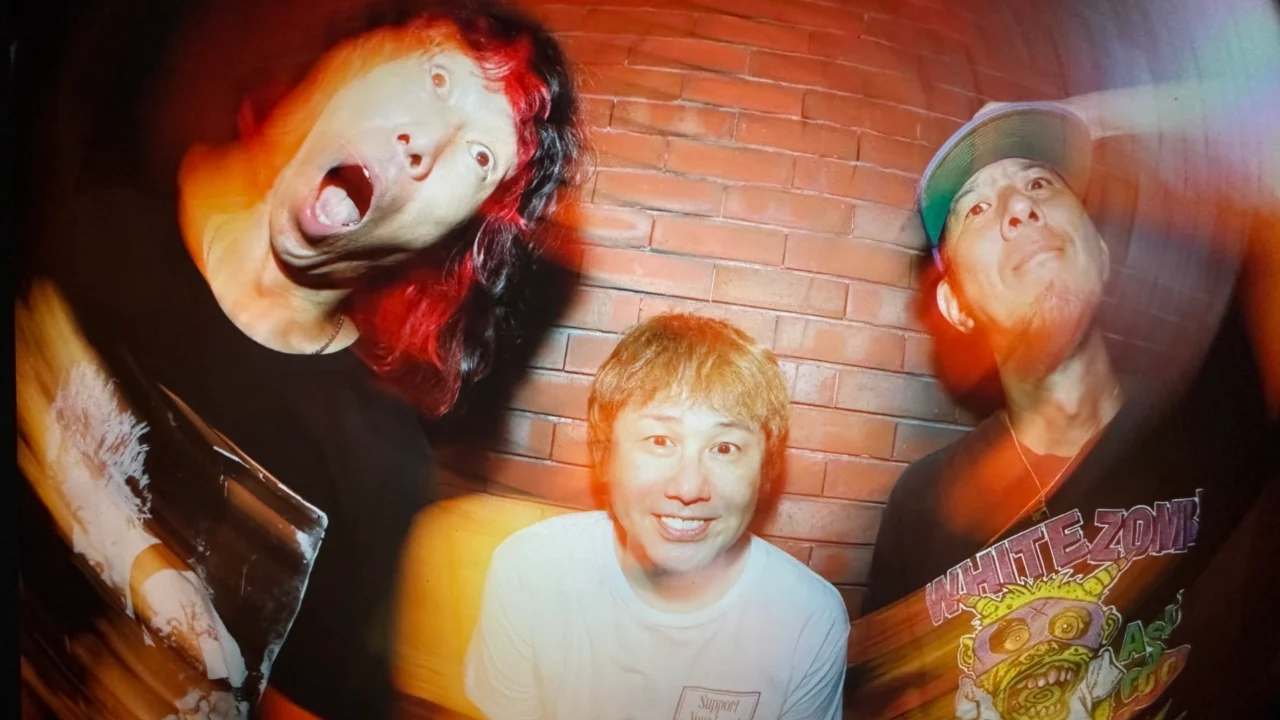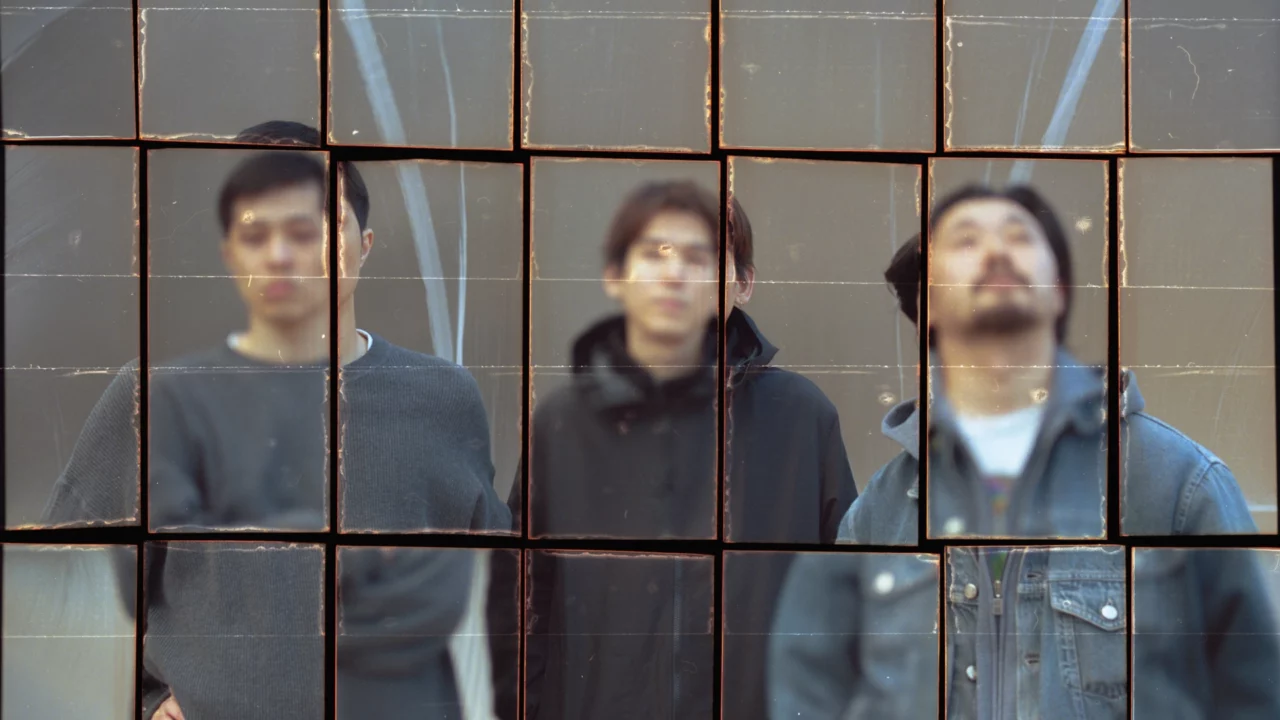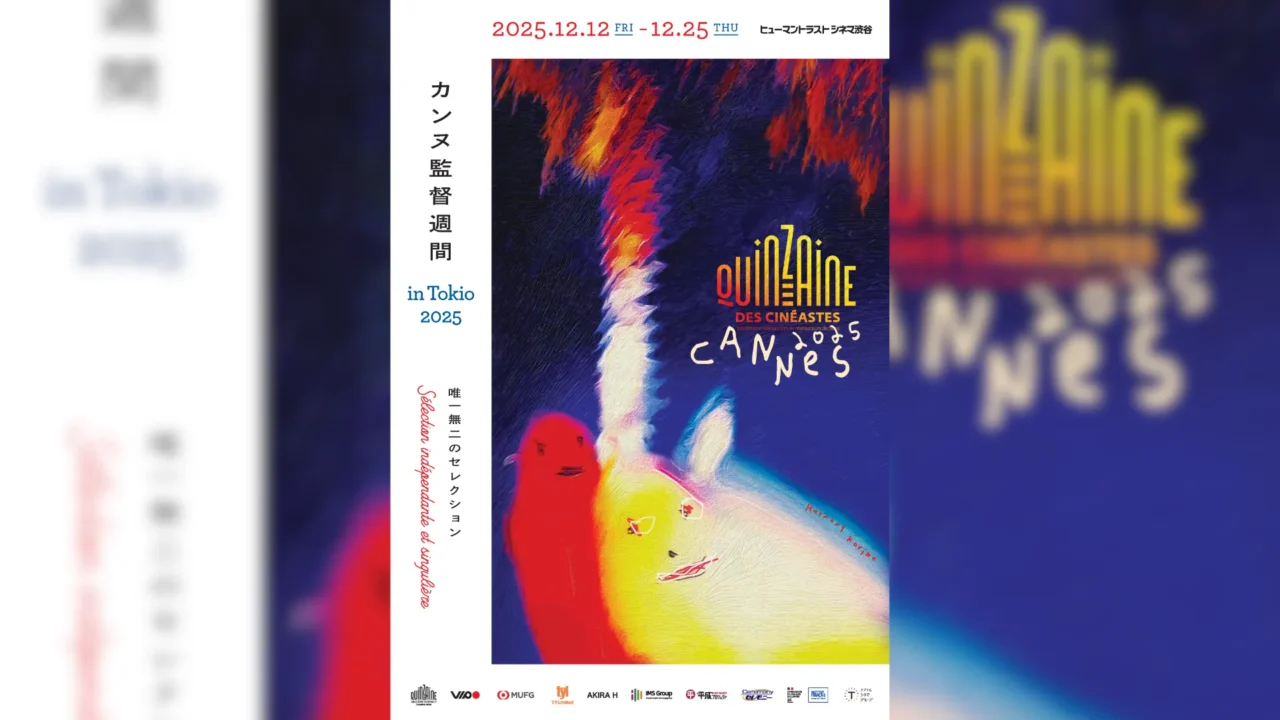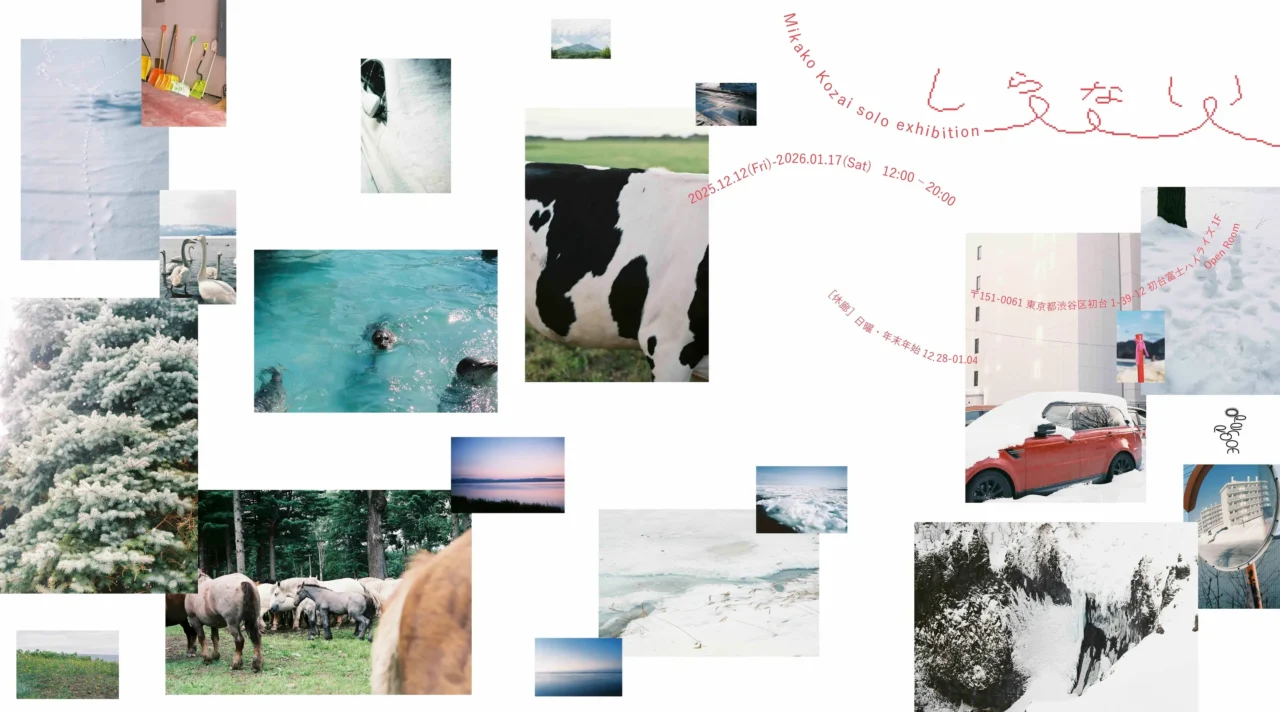INDEX
Gallé in His 50s: The 3rd Expo (1900)
Eleven years after the great success of the previous expo, in 1900, Gallé’s art entered its mature phase and was more dynamic than ever at the largest “Exposition Universelle” in history.
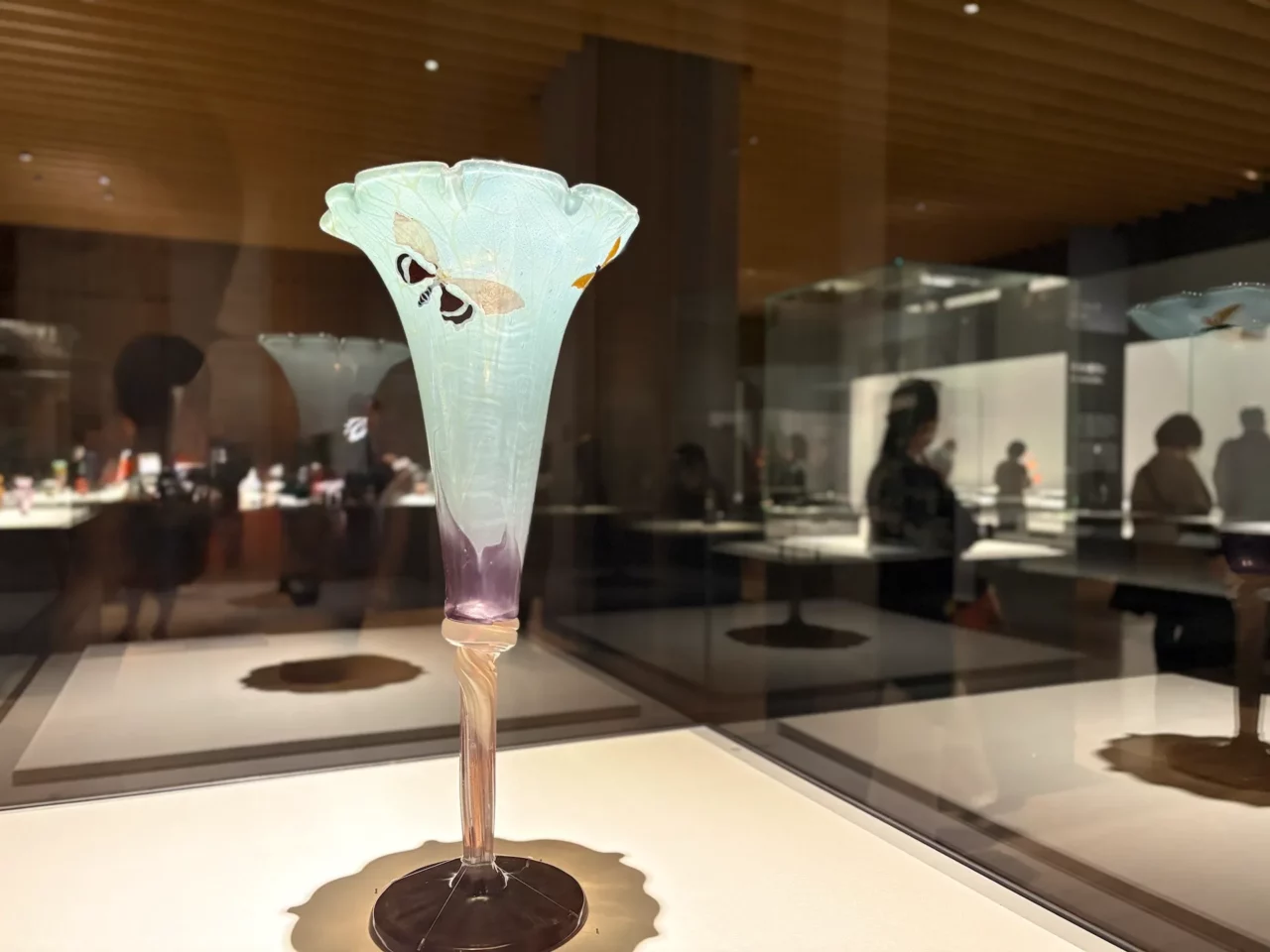
Looking at the morning glory-shaped vase “Moth,” instead of adorning the vase with floral decorations, the vase itself has transformed into a flower. The delicate veins running through the petals are intricately expressed, making it truly a glass flower. While it could still be used functionally, rather than arranging flowers in it, you would prefer to admire the vase itself. Through research into materials and techniques, the range of expression has expanded dramatically, and the piece has evolved from a “beautifully decorated vessel” into an “artistic glass object with intentional expression.”
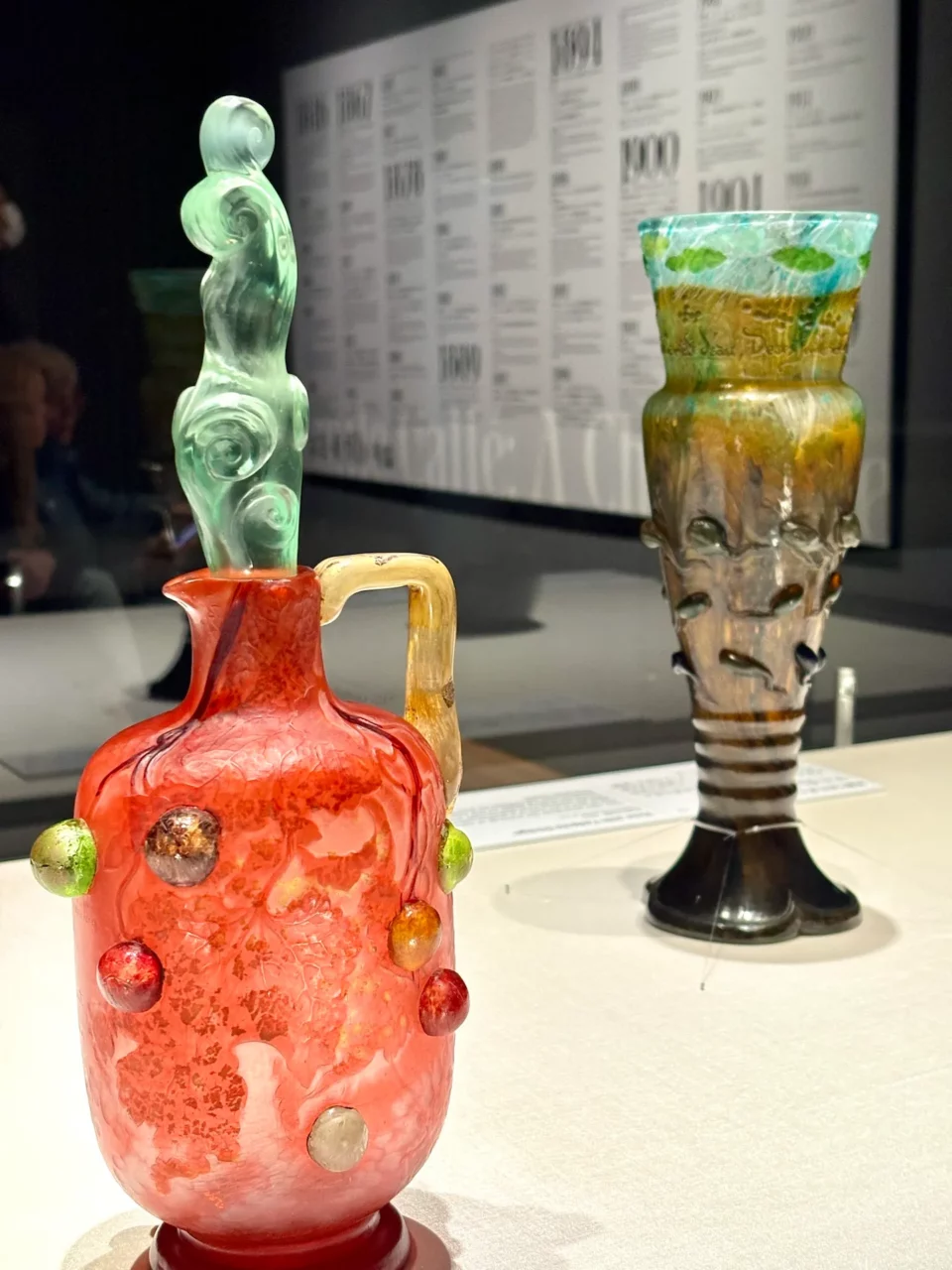
The use of the technique “fusion,” which involves attaching separate glass parts, results in fascinating three-dimensional works. In the foreground, there is a piece inspired by grapes, and in the background, one inspired by tadpoles. Each piece is engraved with a line of poetry that reinforces its theme. If you compare these with the goblet from his first expo 30 years ago, you can truly appreciate the freedom of thought based on natural observation, the technical skill to realize it, and the spiritual depth that speaks to the viewer. I felt that I could finally understand why Émile Gallé became so famous in the field of glass.
The pieces displayed at the 1900 expo are full of captivating works that make you wonder, “How is this possible?” and there are so many that it’s hard to know where to begin. I would recommend taking plenty of time to explore Chapter 3 during your visit.
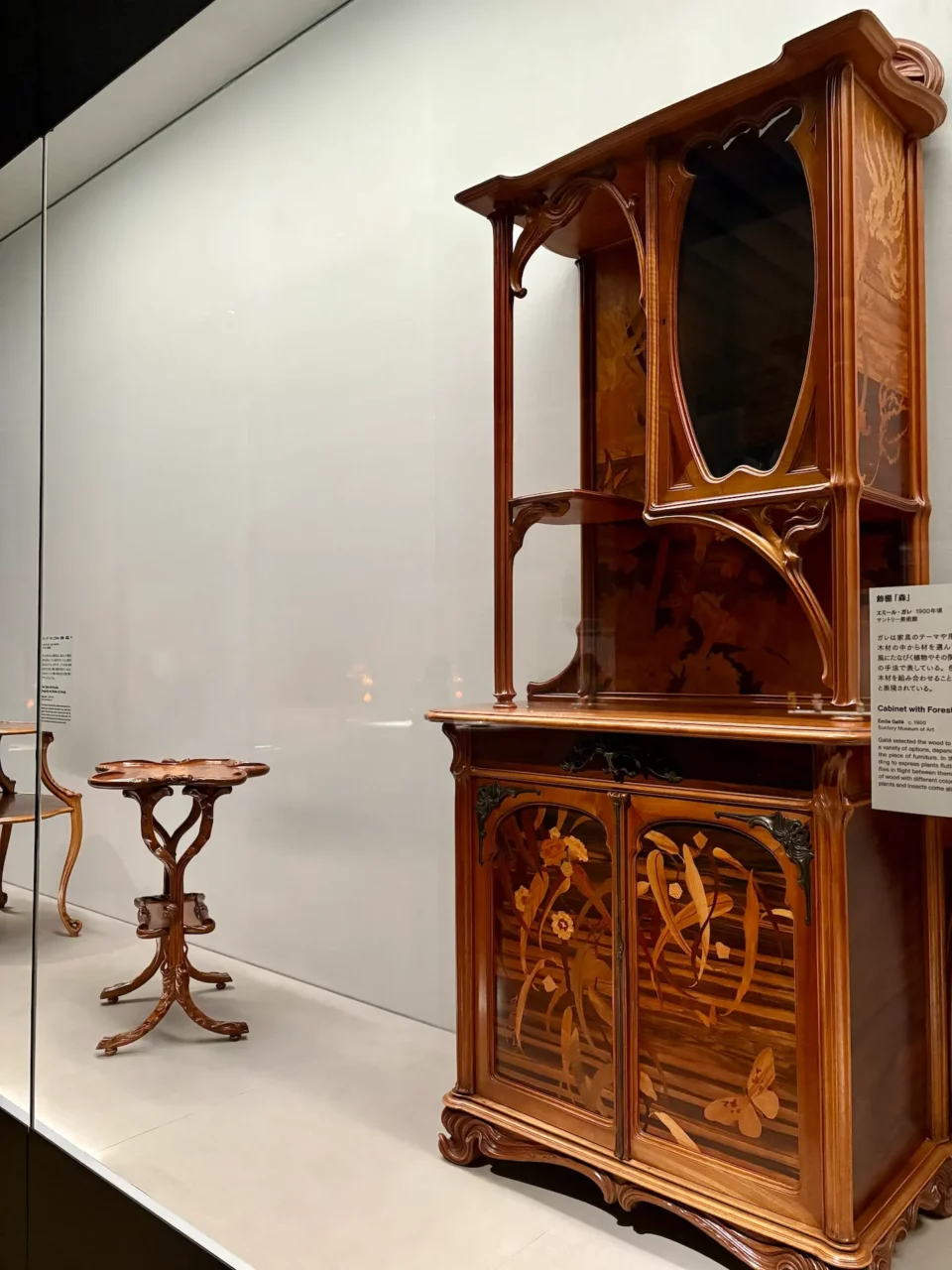
By the way, in this chapter, you can also see Gallé’s furniture works. The chest in the foreground is called “Forest.” Through the framework resembling tree branches, a natural landscape depicted with marquetry unfolds, creating an immersive experience. If you’re a fan of Art Nouveau, you’re sure to be mesmerized. Notably, at this year’s expo, Gallé won both the Grand Prix in the glass category and the Grand Prix in the furniture category.

